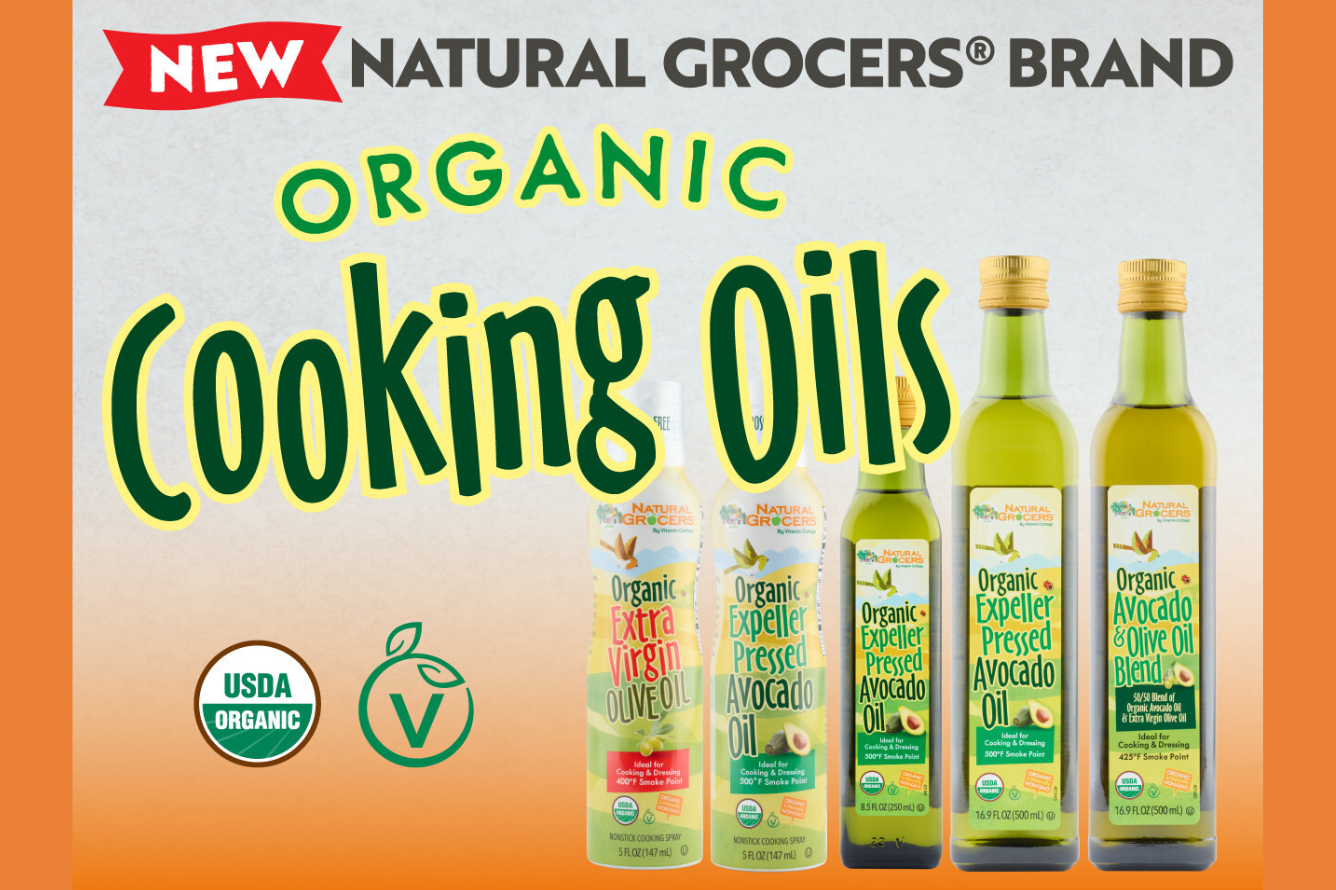Summary
As Thanksgiving approaches, budget-savvy shoppers are in for a treat as Walmart, Target, and Aldi roll out affordable meal options. By swapping popular national…
Source: economictimes.indiatimes.com

AI News Q&A (Free Content)
Q1: What cost-saving strategies are retailers like Walmart and Target offering for Thanksgiving meals in 2023?
A1: Retailers such as Walmart and Target are providing affordable Thanksgiving meal options to cater to budget-conscious shoppers. Walmart is promoting an 'inflation-free Thanksgiving' meal for eight people at $56, while Target offers a $20 meal for four, including a turkey, canned vegetables, and stuffing. Aldi provides a $47 meal package for ten people, priced lower than its 2019 offerings. These strategies aim to attract value-focused consumers amid economic pressures.
Q2: How do private label brands contribute to cost savings during Thanksgiving shopping?
A2: Private label brands, such as Walmart's 'Great Value', offer cheaper alternatives to national brands, helping consumers save on Thanksgiving meals. By opting for store brands, shoppers can reduce costs significantly, with potential savings of up to $17 on a Thanksgiving menu for ten people, according to Wells Fargo’s Agri-Food Institute. These brands are exclusively offered by the retailer that owns them, providing competitive pricing options.
Q3: What role does artificial intelligence play in the retail industry, especially post-COVID-19?
A3: AI has become a critical tool in the retail sector, particularly after the disruptions caused by the COVID-19 pandemic. It aids in logistics, inventory management, and enhancing customer experiences. Retailers are leveraging AI for predictive analytics, retraining models, and integrating online and offline shopping experiences, which enhances operational efficiency and meets consumer expectations in a rapidly changing market landscape.
Q4: What technological advancements are supermarkets adopting to combat inflation and improve customer experience?
A4: Supermarkets are increasingly adopting technologies like ordering kiosks, smart carts, and seamless app integrations to enhance customer experience. These innovations help in managing inflation pressures by streamlining operations and reducing costs. For instance, AI-based demand forecasting and automated ordering systems are being used to optimize supply chains and improve resource allocation, ensuring customer satisfaction remains high despite economic challenges.
Q5: How is the concept of private label brands evolving in the retail landscape?
A5: Private label brands are evolving as strategic tools for retailers to differentiate themselves and offer value to consumers. These brands are produced either internally or through third-party manufacturers and are sold under the retailer's own branding. This strategy allows retailers to control product quality and pricing, offering competitive alternatives to national brands and attracting cost-conscious consumers.
Q6: What are the predicted trends in the grocery industry for 2023 concerning consumer behavior and technology?
A6: In 2023, the grocery industry is expected to see significant trends driven by consumer behavior and technological integration. There will be a focus on value-driven shopping due to economic pressures, with a rise in the use of technology like AI and automation to enhance customer experiences and operational efficiency. The industry will also see a consolidation trend, as larger players merge to leverage scale for better price negotiations and resource management.
Q7: How have inflation trends affected grocery pricing and consumer choices in recent years?
A7: Inflation has had a significant impact on grocery pricing, with a noticeable rise in food prices year-over-year. Despite a drop in overall inflation to 3.2% as of July 2023, food prices continued to increase by 4.9%. This economic pressure has led consumers to seek value-oriented shopping options, emphasizing the importance of competitive pricing and efficient supply chain management in retaining customer loyalty and managing costs.






